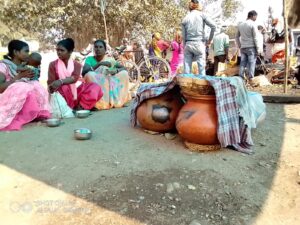
‘Haat Bazaar’ is a rural open air market that has been a traditional tribal marketplace. It is a socio-cultural centre for the predominant tribal society in regions of Jharkhand and Odisha. Sadly, the vibrant soul of these bazaars came to a complete standstill after the outbreak of COVID-19 in the country and was hit pretty hard just like most other mainstream commercial activities.
These tribal bazaars are economic engines and they contribute to both local and regional economic growth. Besides, this haat showcases women entrepreneurs, the majority of the bazaar is dominated with shops run by females. A site for women empowerment, the Haat Bazaar is a complete mirror image of the tribal culture. 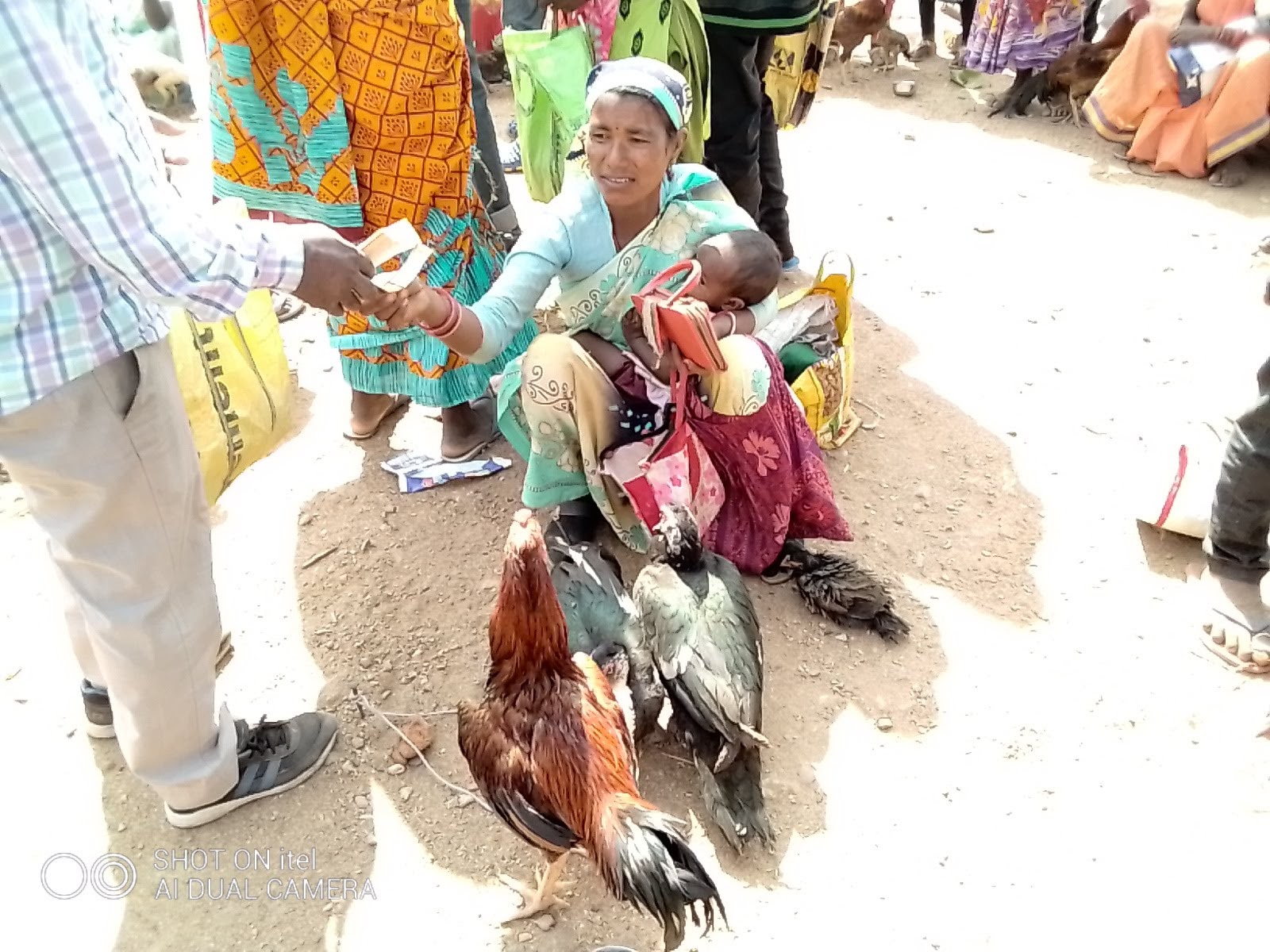
This weekly haat bazaar is visible in the administrative headquarter ‘Chaibasa’ a statutory town in ‘West Singhbhum’ the largest district in the state of jharkhand by its area, which is bordered in its south by the three districts of Odisha, which are Keonjhar, Mayurbhanj and Sundergarh.
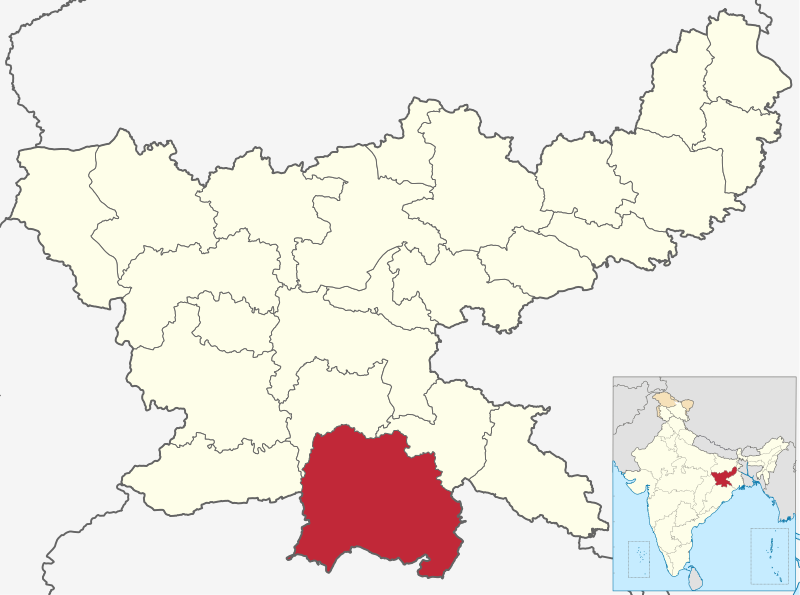
In West Singhbhum district, according to the census 2011, more than half i.e., 67.31% population belong to scheduled tribes community. Sex-ratio of the district is 1005 females per 1000 males which is higher than the Jharkhand average’s 949 & national average’s 940.
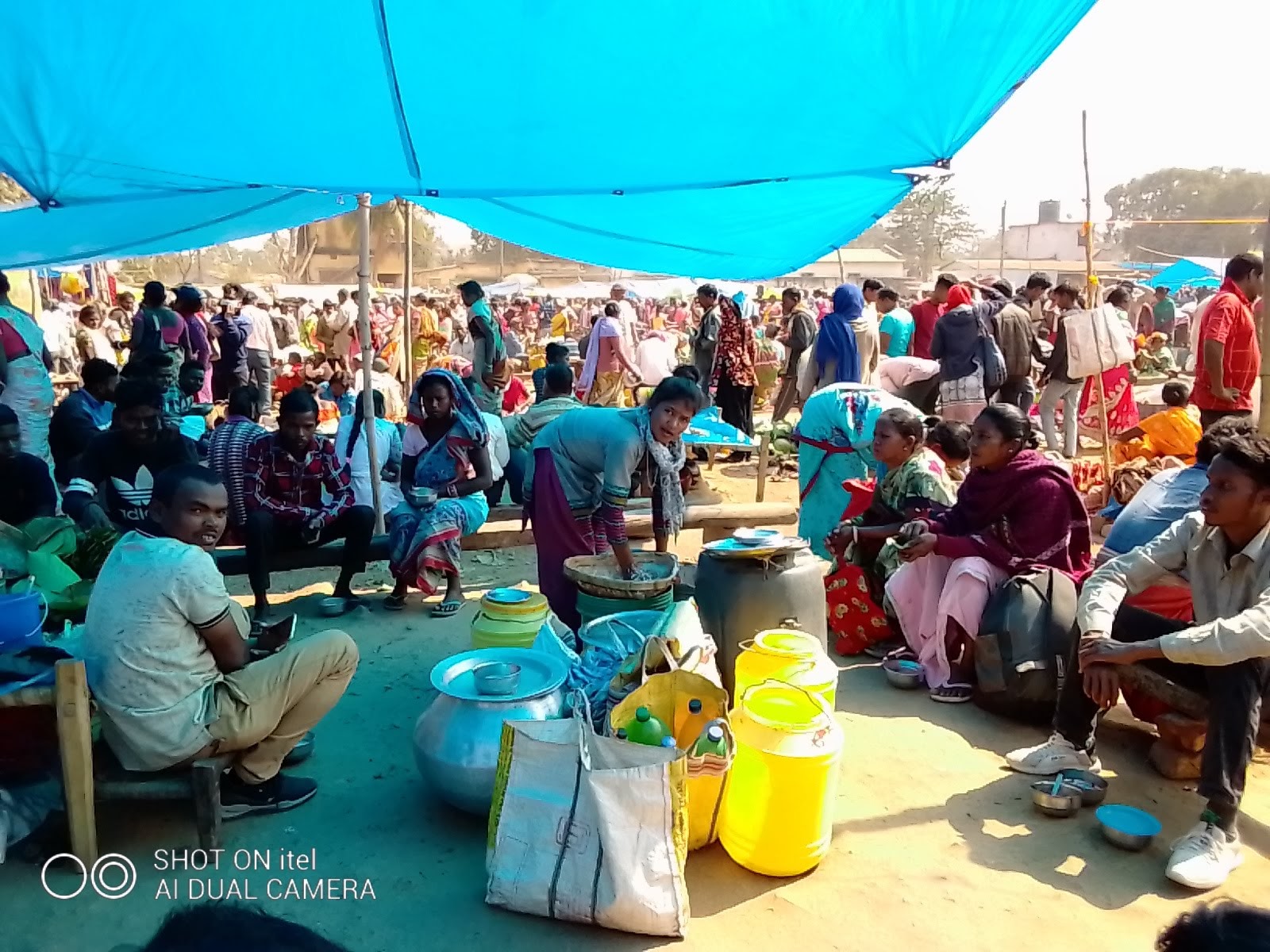
Because this Haat-Bazaar takes place only once in a week, on Tuesdays , the locals also call it ‘Mangla-haat’. The pandemic has been harsh on these people. The traders were quite indecisive whether to meet the increasing demands or just have a decent number of goods.
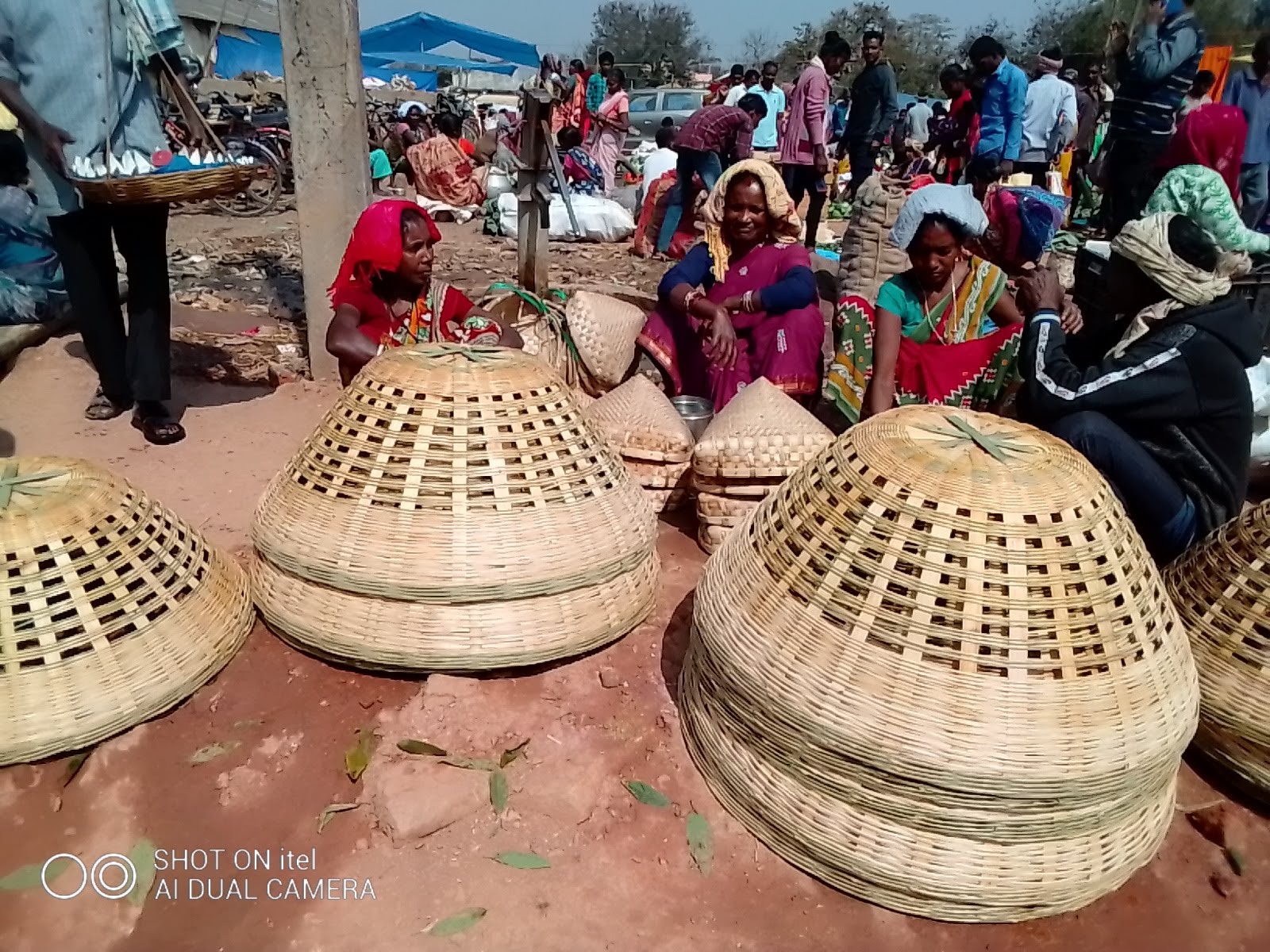
The tribals remain closest to nature and that is of the reasons it is difficult to find any plastic in the haat. The goods are given in saal leaves . The tribals believe in recycling and therefore, a lot of eco-friendly products made out of the leftover bamboo and Sal leaves occupy the Haat Bazaar.
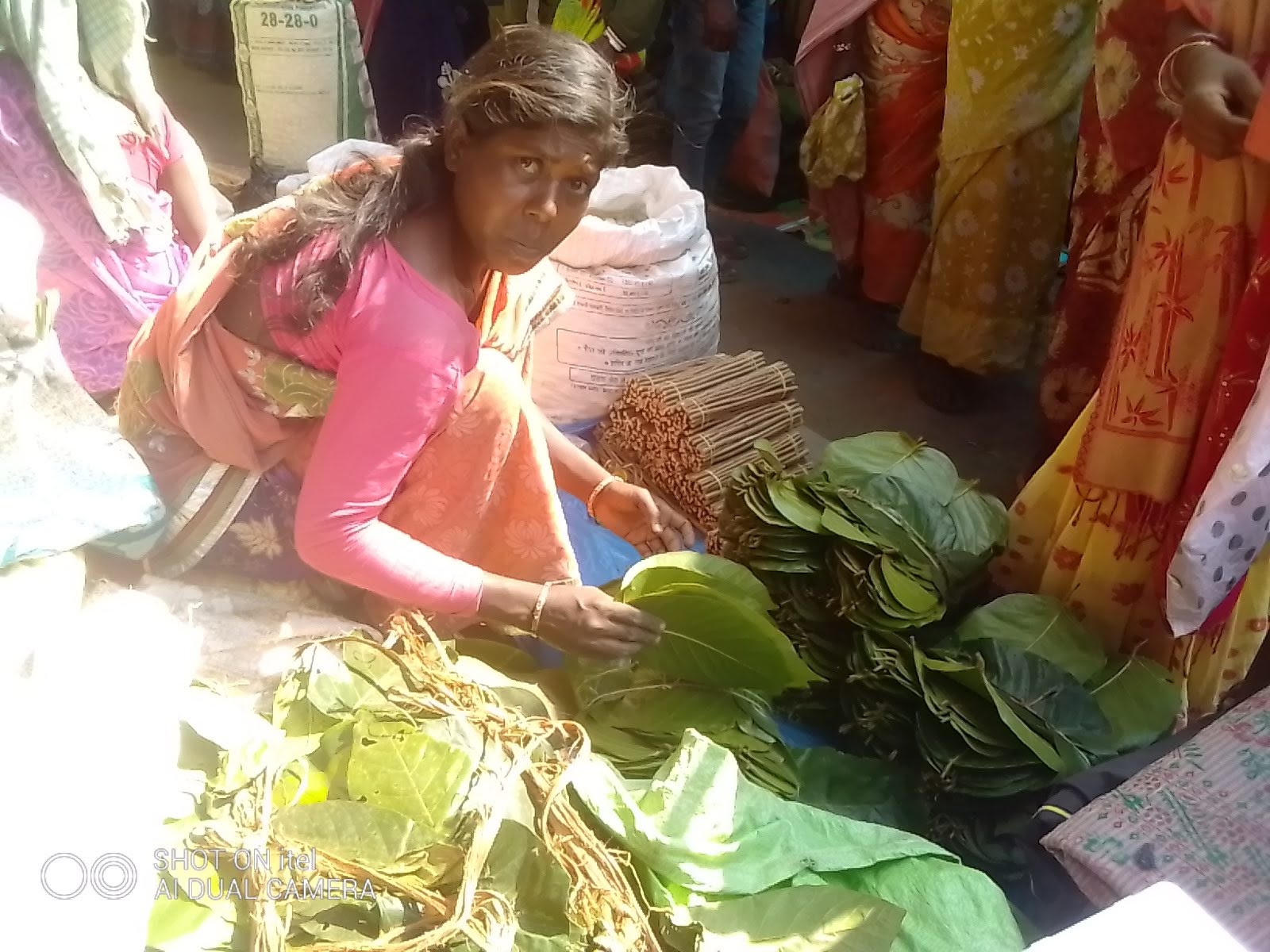
The leaves of the Sal tree are quite wide, so they qualify to become the perfect substitute for plastic.
Laxmi Leyangi, Parbhu Kandaiburu, Mangta Soy, Somai Jarika, and Somwari Kui are some of the tribal traders who The Voices spoke to. They informed that in India, ‘Ho’ tribes mostly concentrated in the state of Jharkhand are dominant traders in this market whose speaking ethnic group is Austroasiatic and race is proto-australoid, but the small number of traders from munda, oraon, santhal, gond, and bhumij tribes also come in this market to sell their products. ‘Ho’ tribe is the 4th largest, out of 32 tribal group of Jharkhand.
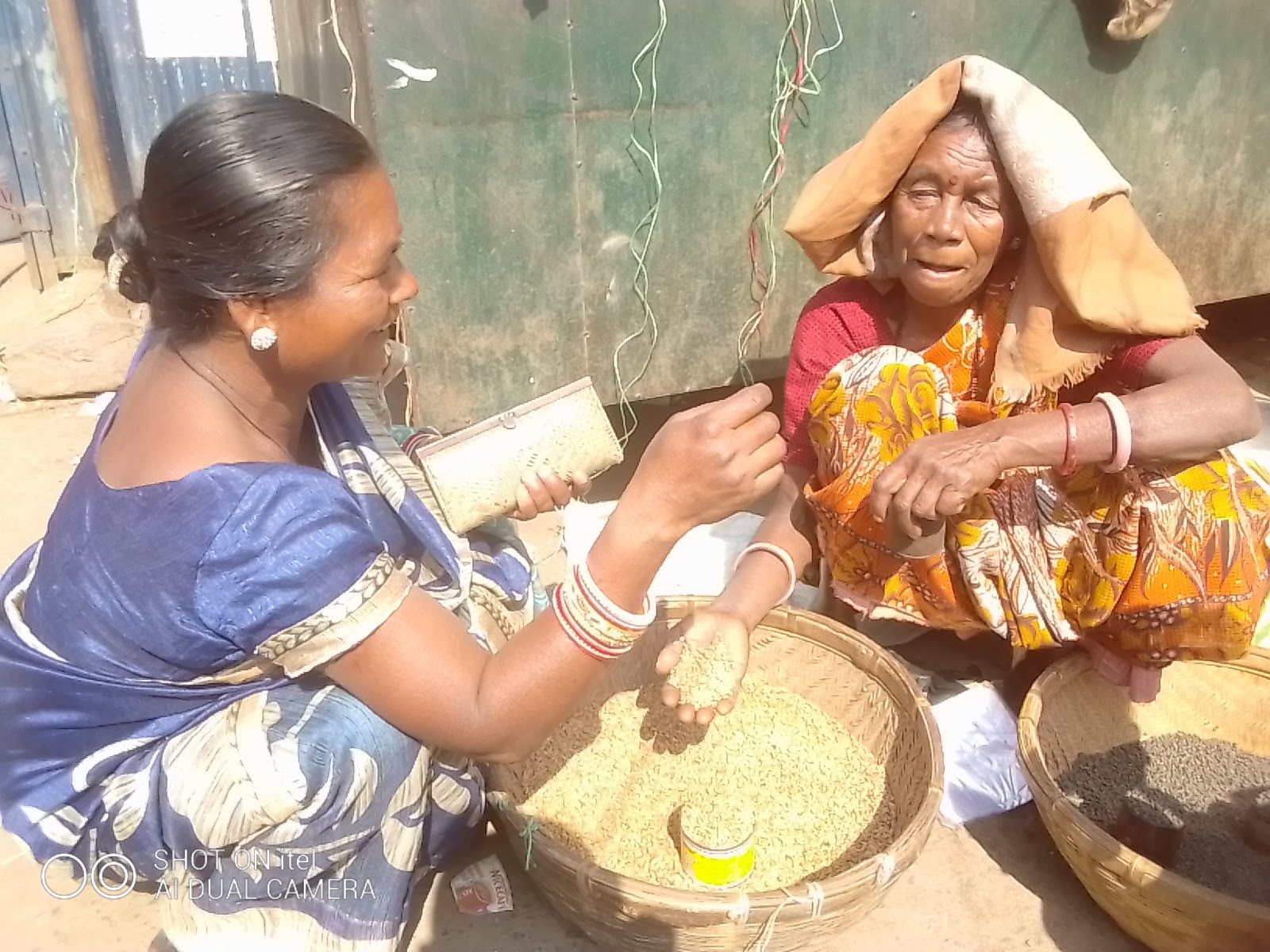
This commercialised Haat Bazaar follows the Bhaga System (division of a product into equal parts) wherein the small and middle class merchants sell their products at fixed rates. Everyday essentials like fresh vegetables, spices, grains, etc., fall under this trading system. This system proves beneficial for economically backward people as they can buy the daily necessities at a minimum price. There are shops selling dry fish, clay pots, utensils, rice beer, and so forth.
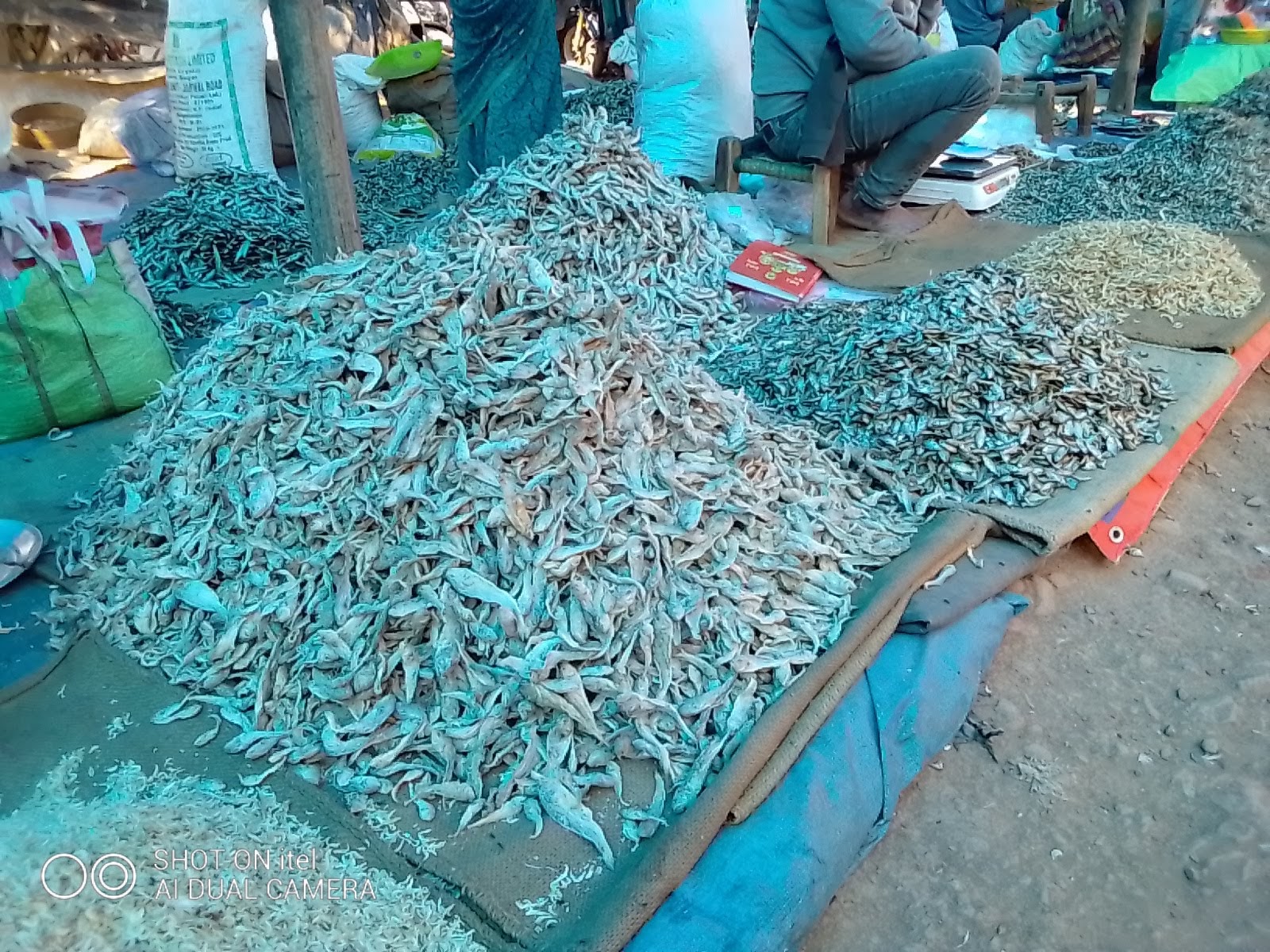
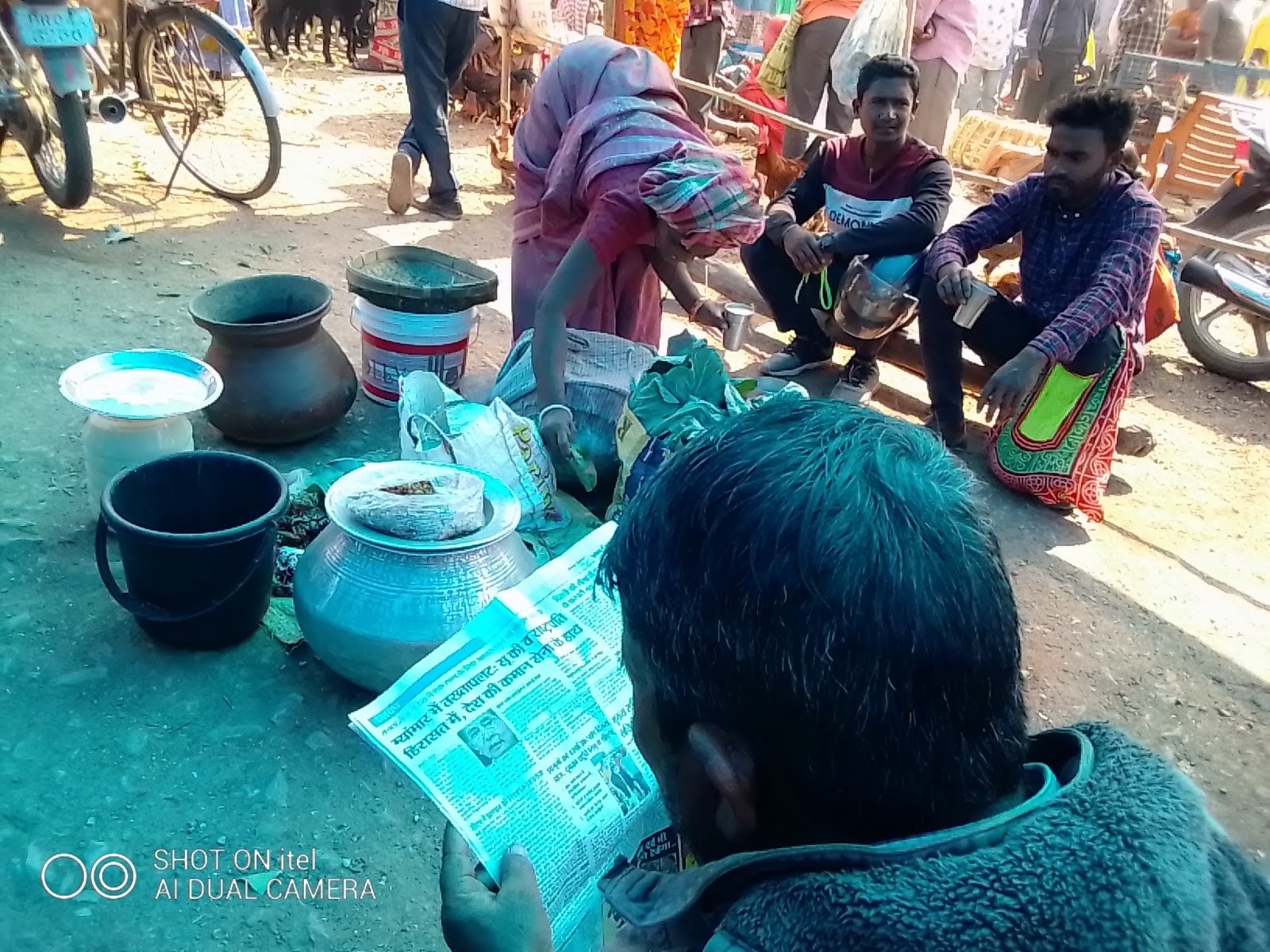
Experts agree that with such diversity, these bazaars should be encouraged by locals/residents and the Government should not hesitate in providing aid to the shopkeepers. The haat plays a major role in conserving our India’s culture and heritage.


9 Comments
A beautiful story…The vibes of the richness of traditional markets is simply unrivaled.
Thank you Nidhi
Ye pics ki wajah se this story has turned into a beautiful read
Thank you Aparna
The issue you have taken is really admirable. The photos you have tagged with story is also admirable but I have something to say here. The layout of the whole story is not attractive, the first para of the story is not much eye catching. You should start the story by taking any character of shopkeeper , how he was before and during pandemic.
Friend don’t mind it, I feels so I commented.
Keep writing. All the best.
Thank you Anand, suggestion Noted.
Thank you, Piyush Ji, for throwing light on the lives of these ethnic and indigenous people.
The last line of this article stands unreservedly true. The images used are bright and lively.
Haat, pronounced as ‘Haato’ in Oriya, is the main income source for tribals and glad that The Orissa Government is doing its share by promoting their craft by giving rise to Urban Haats thereby generating employment opportunities.
I truly loved reading the lines you mentioned that the tribals use leaves of the Sal tree as a perfect substitute for plastic. Though we call ourselves modern and educated but strangely haven’t yet got rid of using harmful plastic products.
Thank you usha ji
Wonderfully written with great pictures. Keep writing!